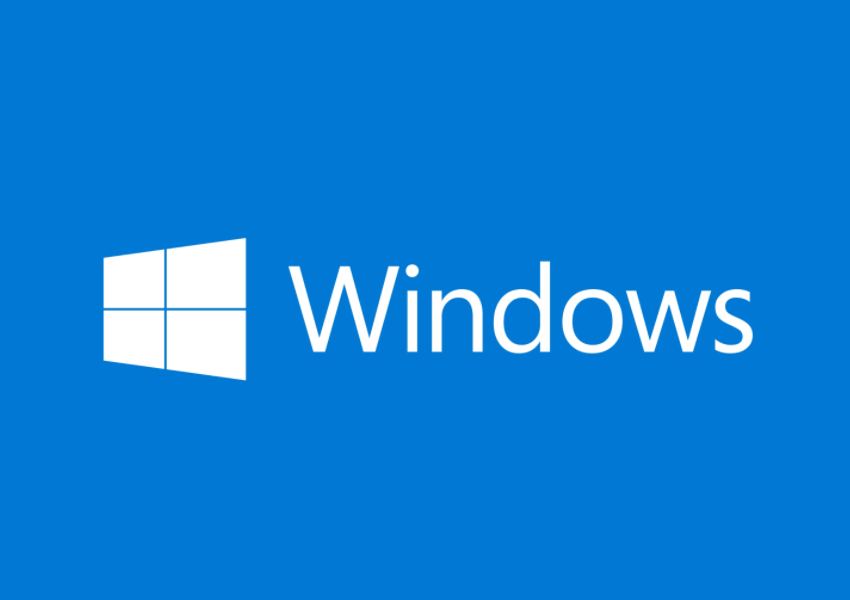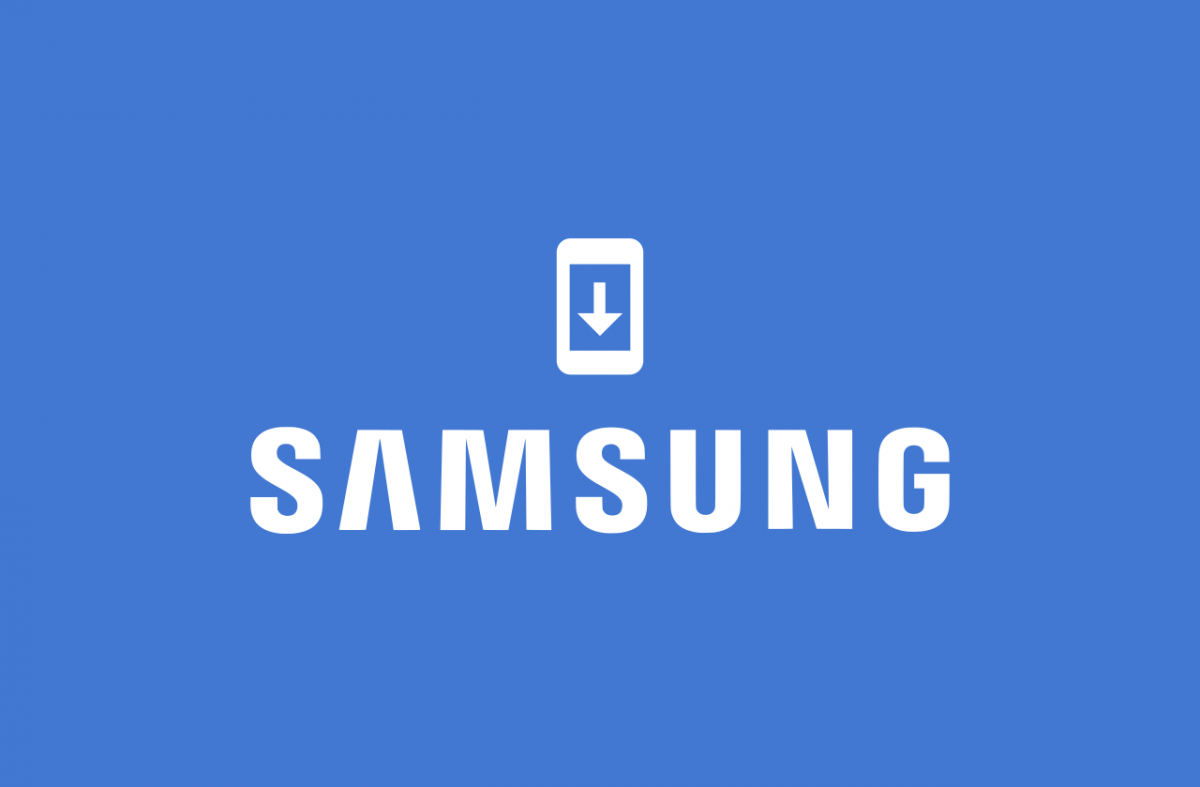Having numerous apps launching at startup can slow down your Windows computer and make it take longer to boot up. Fortunately, there are several ways to stop apps from launching at startup, allowing you to optimize your computer’s performance and start it up more quickly. In this guide, we will show you different methods to prevent unwanted apps from running at startup on Windows. Whether you are a Windows 10 user or using an earlier version, we’ve got you covered. Let’s dive in!
Before we dive into the methods of stopping apps from launching at startup on Windows, let’s understand why it is important to do so. When you turn on your computer, the operating system loads various services and applications to ensure a smooth user experience. However, having too many apps launching at startup can significantly impact your computer’s performance. It can slow down the boot-up process, consume system resources, and lead to a sluggish overall experience.
By managing your startup apps, you can streamline your computer’s startup process, reduce resource consumption, and improve its overall speed and responsiveness. This guide will walk you through different methods you can use to prevent unnecessary apps from launching at startup, helping you optimize your Windows computer’s performance.
Using Task Manager
One of the easiest ways to stop apps from launching at startup on Windows is by using the built-in Task Manager utility. Task Manager allows you to view and manage running processes, including startup apps. Here’s how you can do it:
Step-by-step guide
- Opening Task Manager: To open Task Manager, you can right-click on the taskbar and select “Task Manager” from the context menu. Alternatively, you can press
Ctrl + Shift + Escon your keyboard to open Task Manager directly. - Disabling startup apps: Once Task Manager is open, navigate to the “Startup” tab. Here, you will see a list of apps that launch at startup. To disable an app from launching, simply right-click on it and select “Disable”. Repeat this process for all the apps you want to prevent from launching at startup.
- Restarting your computer: After disabling the desired apps, restart your computer for the changes to take effect. On the next startup, the disabled apps will no longer launch automatically.
Using System Configuration
Another method to manage startup apps on Windows is by using the System Configuration utility. System Configuration allows you to control which apps and services launch at startup. Here’s how you can use it:
Accessing System Configuration
- Opening System Configuration: Press
Windows + Ron your keyboard to open the Run dialog box. Type “msconfig” in the text field and press Enter. This will open the System Configuration utility. - Navigating to the Startup tab: In the System Configuration window, navigate to the “Startup” tab. Here, you will find a list of apps that launch at startup.
Disabling startup apps
- Disabling apps: To disable an app from launching at startup, simply uncheck the box next to its name in the Startup tab. Uncheck the boxes for all the apps you want to prevent from launching.
- Applying changes: After selecting the apps you want to disable, click on the “Apply” button and then on “OK”. You will be prompted to restart your computer for the changes to take effect. Save any unsaved work and proceed with the restart.
- Restarting your computer: After restarting your computer, the disabled apps will no longer launch automatically at startup.
Using the Startup Folder
The Startup folder is a convenient location where you can find and manage apps that launch at startup. By removing or disabling apps from the Startup folder, you can control which apps automatically start when you log in to your Windows account. Here’s how you can access and manage the Startup folder:
Accessing the Startup folder
- Accessing the Run dialog box: Press
Windows + Ron your keyboard to open the Run dialog box. - Entering the Startup folder location: In the Run dialog box, type “shell:startup” and press Enter. This will open the Startup folder.
Removing or disabling apps from the Startup folder
- Removing apps: In the Startup folder, you will find shortcuts to the apps that launch at startup. To remove an app from launching, simply select its shortcut and press the Delete key on your keyboard. Confirm the deletion when prompted.
- Disabling apps: If you want to temporarily disable an app from launching at startup, you can right-click on its shortcut in the Startup folder and select “Disable” from the context menu. This will prevent the app from launching until you re-enable it.
- Restarting your computer: After removing or disabling the desired apps, restart your computer for the changes to take effect. On the next startup, the removed or disabled apps will no longer launch automatically.
Using third-party software
In addition to the built-in Windows utilities, there are several third-party software options available that can help you manage startup apps more efficiently. These software tools provide advanced features and a user-friendly interface for controlling which apps launch at startup. Here are some popular third-party software options:
- CCleaner: CCleaner is a well-known system optimization tool that also allows you to manage startup apps. It provides a simple interface where you can enable or disable startup items.
- Autoruns: Autoruns is a powerful startup manager developed by Microsoft. It provides a comprehensive view of all the apps, drivers, and services configured to launch at startup. You can enable or disable items directly from its interface.
- Startup Delayer: Startup Delayer allows you to delay the launch of startup apps, reducing the strain on system resources during boot-up. It provides options to set delays for different apps, prioritize essential apps, and improve the overall startup experience.
Before using third-party software, make sure to research and choose a reputable and trusted application that suits your requirements.
Managing startup services
In addition to managing startup apps, you can also optimize your computer’s startup by managing startup services. Services are background processes that run on your computer and provide various functionalities. By disabling unnecessary services, you can reduce the number of processes running at startup, improving your computer’s performance. Here’s how you can manage startup services:
Using the Services utility
- Opening the Services utility: Press
Windows + Ron your keyboard to open the Run dialog box. Type “services.msc” in the text field and press Enter. This will open the Services utility. - Identifying unnecessary services: In the Services utility, you will find a list of services running on your computer. To identify unnecessary services, you can research each service or refer to online resources that provide guidance on which services can be safely disabled.
Disabling unnecessary services
- Disabling services: To disable a service, double-click on its entry in the Services utility. In the properties window, select “Disabled” from the “Startup type” dropdown menu. Click on “Apply” and then on “OK” to save the changes.
- Restarting your computer: After disabling the unnecessary services, restart your computer for the changes to take effect. On the next startup, the disabled services will no longer run automatically.
Optimizing startup using Registry Editor
For advanced users, the Registry Editor provides a way to manage startup programs by directly editing the Windows Registry. Editing the Registry requires caution, as incorrect changes can cause system instability. Here’s how you can use the Registry Editor to optimize your computer’s startup:
Launching Registry Editor
- Opening the Run dialog box: Press
Windows + Ron your keyboard to open the Run dialog box. - Entering the Registry Editor command: In the Run dialog box, type “regedit” and press Enter. This will open the Registry Editor.
Editing startup programs in the Registry
- Navigating to the startup key: In the Registry Editor, navigate to the following key:
HKEY_CURRENT_USER\Software\Microsoft\Windows\CurrentVersion\Run - Reviewing startup programs: In the right pane of the Registry Editor, you will find a list of startup programs. Each program will have a name and corresponding value. Review the list and identify the programs you want to remove from startup.
- Deleting startup programs: To remove a startup program, right-click on its entry and select “Delete” from the context menu. Confirm the deletion when prompted.
- Restarting your computer: After deleting the desired startup programs, restart your computer for the changes to take effect. On the next startup, the deleted programs will no longer launch automatically.
Additional tips for managing startup apps
In addition to the methods mentioned above, here are some additional tips to help you effectively manage startup apps on your Windows computer:
- Prioritizing essential apps: Identify the apps that are essential for your workflow and ensure they are set to launch at startup. This will allow you to quickly access the apps you need without unnecessary delays.
- Regularly updating apps and drivers: Keeping your apps and drivers up to date can improve their performance and compatibility with the operating system. Check for updates regularly and install them to ensure optimal performance.
- Scanning for malware: Malware can cause unwanted apps to launch at startup and impact your computer’s performance. Use a reliable antivirus software to scan your computer for malware and remove any detected threats.
- Optimizing your computer’s performance: In addition to managing startup apps, consider other performance optimization techniques such as cleaning up temporary files, defragmenting your hard drive, and upgrading hardware components if necessary.
Conclusion
Managing startup apps on your Windows computer is crucial for optimizing its performance and improving the boot-up process. In this guide, we explored various methods to stop apps from launching at startup. Whether you prefer using built-in Windows utilities like Task Manager and System Configuration, or third-party software for more advanced features, you have multiple options to choose from.
By disabling unnecessary startup apps, you can reduce system resource consumption, enhance your computer’s speed and responsiveness, and create a more efficient workflow. Remember to prioritize essential apps, keep your software up to date, and regularly scan for malware to ensure a smooth and secure computing experience.
Choose the method that best suits your needs and take control of your Windows startup process today!
Experiencing difficulties with your Device, check out our “How To” page on how to resolve some of these issues.






